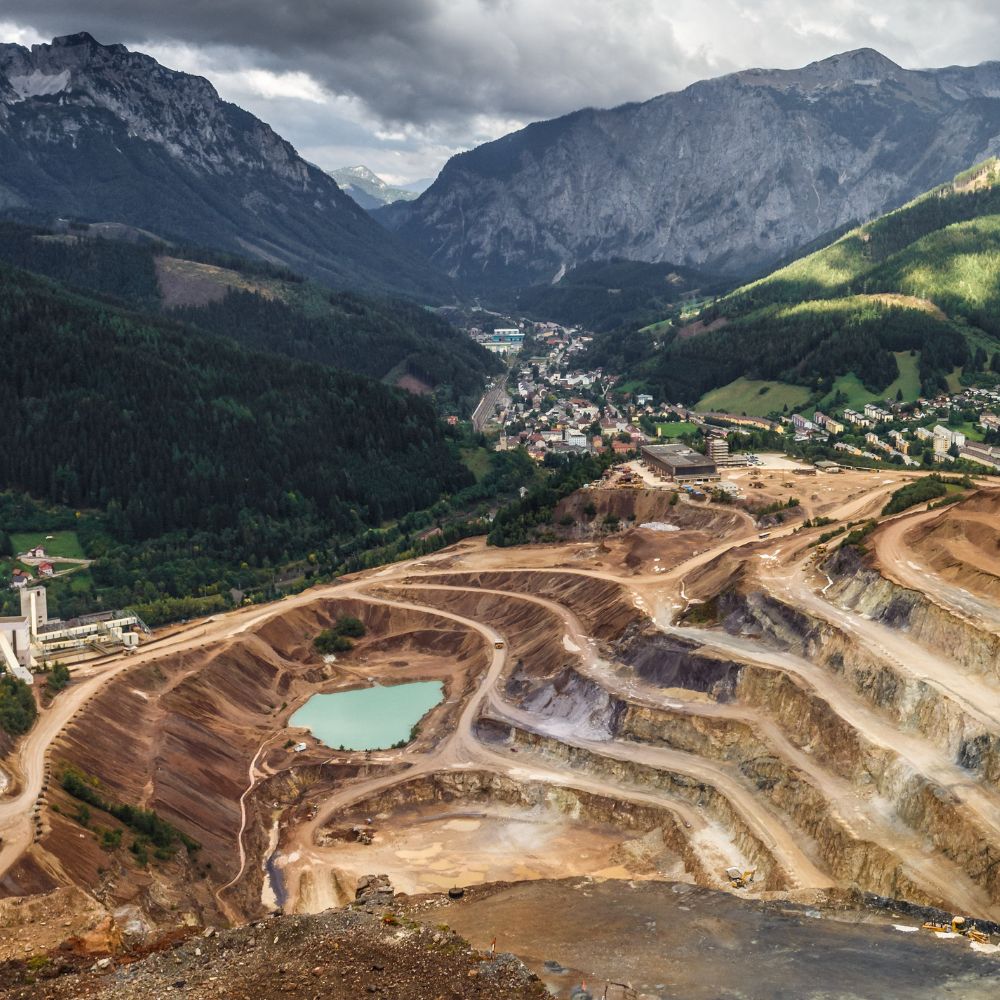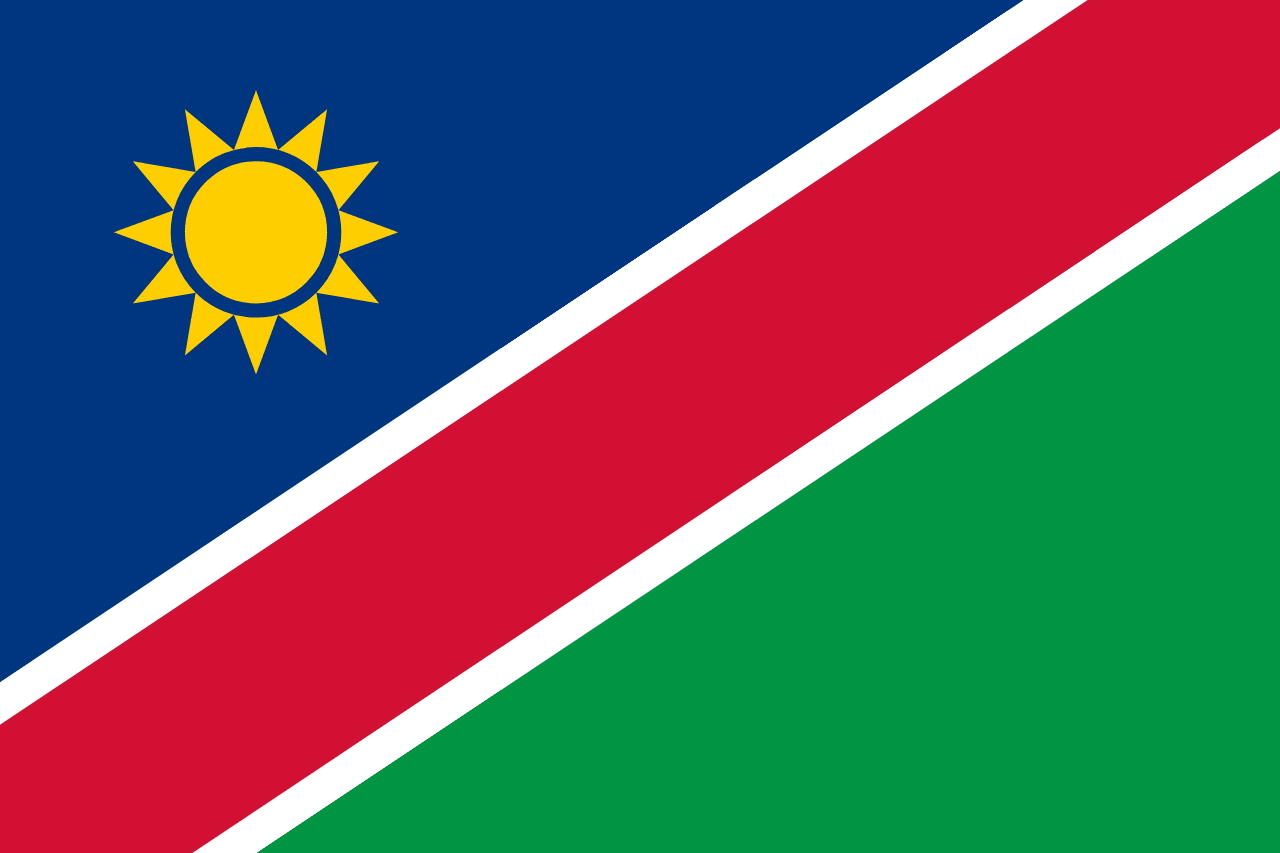The key to attract mineral exploration into resource-rich African countries is having access to reliable, publicly-available geological data.
For African governments, having geological information available to potential exploration companies could translate into the attraction of billions of dollars in mining investment.
Junior miners, the backbone of the mineral resources sector, covet this free-to-use geological data as it is often at the mercy of low commodity prices, with limited investment appetite and exploration budget, writes CHANTELLE KOTZE.
This article first appeared in Mining Review Africa Issue 2, 2020
Most countries in Africa have, for many years, undertaken mining sector reforms that support transparent and sustainable management of their natural resources in order to increase development gains and reduce poverty.
In low commodity price environments, government reforms would focus on securing investment into the mining sector and the improvement of fiscal policy in a bid to maximise the economic contribution of natural resource development.
There has also been a move by governments to ensure proper social and environmental protection.
More recently, the strategy of governments has been to provide a more integrated and comprehensive approach to natural resource management.
The World Bank has been instrumental in funding projects aimed at reforming Africa’s mineral rights management.
It has done so by providing funding for projects intended to consolidate mineral geological data coverage across Africa, through the use of electronic mineral right cadastre systems.
Although often funded by the World Bank, the management of these mineral right cadastre systems remains the responsibility of a country’s mineral resources ministry and is used for the efficient administration of mineral titles throughout a country, while promoting standardisation and accessibility of this information in the public domain.
According to mineral resource management specialist Minrom director Oscar van Antwerpen, the proper implementation and administration of electronic mineral right cadastre systems will greatly improve stakeholder communications, attraction of investment and ensuring transparency of information and significantly reduce the possibility of corruption creeping in.
The first component of the mineral industry value chain is the issuing of exploration and mining licences – without which mining companies are unable to begin any sort of exploration.
“Having an efficient electronic mineral right cadastre system enables attraction of investors, and the development of a country’s mining rights by allowing potential explorers to view the locations of possible mineral deposits, mineral distributions, mineral tenements and thus promoting mineral exploration in Africa,” he says.
Another key component in ensuring a thriving mining sector is the security of land tenure, van Antwerpen notes.
While the mining laws within a country guarantee this tenure, it is the administration of the laws and regulations, through an efficient mineral right system aided by an up to date cadastre system, that ultimately determines their efficacy,” he notes.
Moreover, an efficient mineral right cadastre system also enhances investor confidence in the mining sector by ensuring transparency around security of land tenure.
The increased level of transparency, and subsequent security of land tenure that a mineral right cadastre system provides to the investment community, acts as a base through which the investment community and private sector can finance physical mine development.
According to van Antwerpen, about 60% of countries in Africa make use of land management software with an example of such as Landfolio (previously called FlexiCadastre) to automate the mineral title workflows, improve compliance and expedite the overall mineral right application process.
These include Namibia, Zambia, Uganda, Togo, Tanzania, South Sudan, Malawi, Mauritania, Liberia, Kenya, Guinea, Ethiopia, the Democratic Republic of Congo, Côte d’Ivoire, Cameroon and Mozambique.
On the Landfolio system, one is able to see the mineral occurrences within the respective country.
It also outlines which of these mineral occurrences has a reconnaissance licence, exploration licence or mining licence available for application, with a detailed outline of who owns the respective licence and information on when it was applied for and when it expires, says van Antwerpen.
South Africa faces shortcomings
Meanwhile in South Africa, the South African Minerals Resources Administration Database (SAMRAD) is one of the best studied, mapped and well documented mineral resources databases, according to van Antwerpen.
The MRPD act makes provision for the implementation of a system to view mineral right tenements, and while this system is active, it is not available to the public and investment community as is the case in Namibia and other African countries.
He acknowledges that since the SAMRAD system was launched in 2011 to replace the country’s onerous manual application and licencing process – which has historically been plagued by backlogs and delays, as well as the double granting of rights – it has fallen short of providing a reliable, transparent electronic system for investors to review at a glance the availability of rights and ownership of rights.
Not only has this hampered the exploitation of South Africa’s mineral resources, it has also been detrimental to securing investment into South Africa’s already stressed mining industry, says van Antwerpen.
Because exploration is the key to unlocking South Africa’s mineral resource future, van Antwerpen calls for greater efficiency in the issuing, awarding of prospecting and mining rights through SAMRAD as a means to reignite South Africa’s exploration industry.
Despite the shortcomings of SAMRAD, the government has said that it is actively working to improve the SAMRAD online application system to make the process of applying for mineral titles more transparent and efficient.







